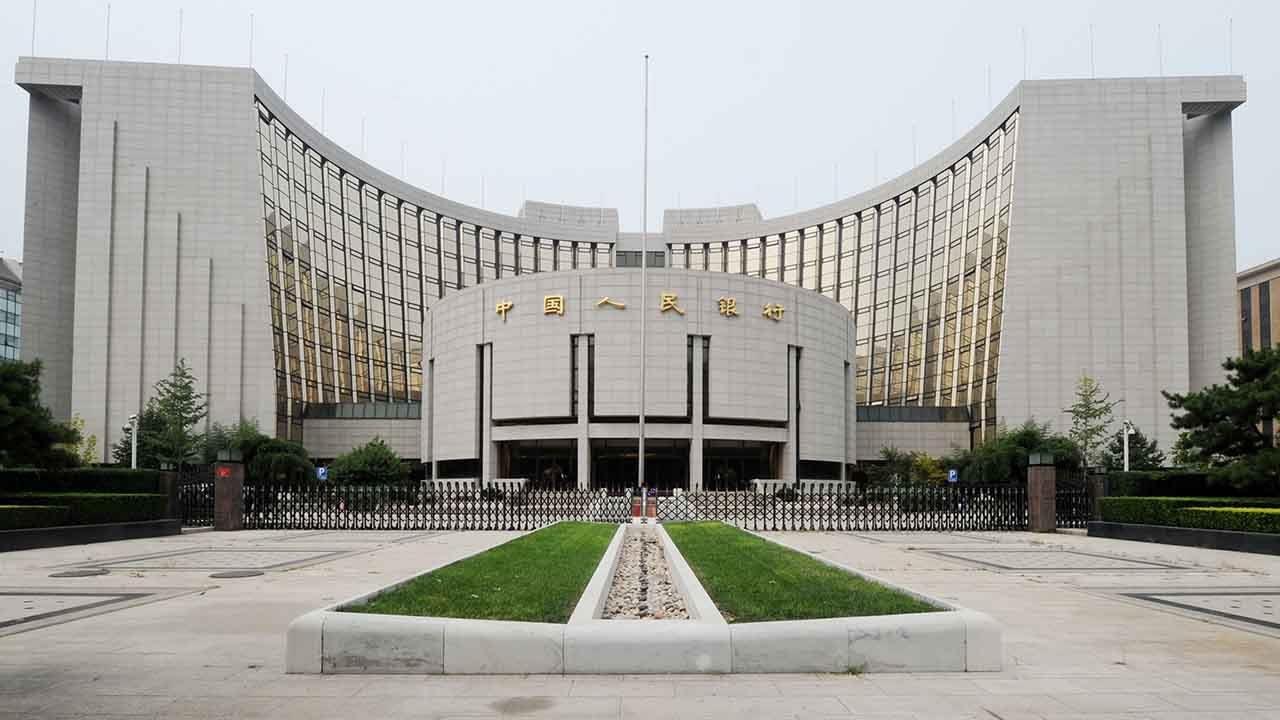
Business
19:16, 15-Aug-2017
China tightens new rules after July's new loans slip on seasonal effects
CGTN

China's outstanding new yuan-denominated loans stood at 825.5 billion yuan (about 120 million US dollars) in July, according to Tuesday's statement released by the People's Bank of China (PBOC).
New loans declined markedly from 1.54 trillion yuan in June, with the currency also weakening to 6.6689 against the US dollar on Tuesday, after PBOC set its midpoint lower for the first time in six days following a rise in the greenback.
After the drop, the central bank on Tuesday injected fresh funds via its medium-term lending facility (MLF) to keep liquidity stable.
The latest depreciation of yuan against the US dollar was an 88-basis-point down or 0.13 percent from Monday.

AFP Photo
AFP Photo
Analysts said the weaker midpoint reflects the US dollar strength as geopolitical concerns ease. Spot yuan was also trading lower on Tuesday.
The PBOC also said it injected almost 400 billion yuan, or about 60 billion US dollars, into the financial system through one-year MLFs, the highest since April.
The fact that Tuesday's operation consisted of only one-year loans signaled that the PBOC is trying to guide longer-term interest rate through MLF, said CITIC Securities in a research note.

CITIC believes the central bank is offsetting a drain of capital due to weaker than expected China economic data on Monday.
The PBOC's open market operations are closely watched by the market, as they have become major tools for the central bank in pursuing its monetary policy.
Such a policy stance is crucial for China as it has to juggle the task of financial deleveraging, aimed at defusing risk and curbing asset bubbles, while shoring up the economy.
As the central bank continues to implement the prudent and neutral monetary policy, the bond market will likely gain momentum, CITIC said.
7km

SITEMAP
Copyright © 2018 CGTN. Beijing ICP prepared NO.16065310-3
Copyright © 2018 CGTN. Beijing ICP prepared NO.16065310-3